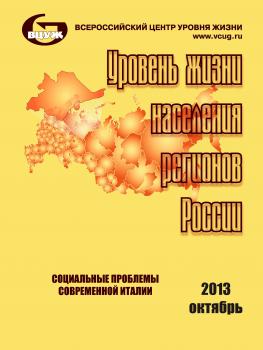The article presents the results of a study aimed at identifying and analyzing the asymmetry of Eurasian integration, the structure of the gross domestic product, indices of production in agriculture and manufacturing industry, the labour market in the agricultural sector, as well as factors of economic growth, primarily in net exports and mutual foreign trade and domestic demand having been analyzed in particular.
globalization, regionalization, integration associations, asymmetry, employment, self-employed, economic growth, external and domestic demand, net exports of mutual and foreign trade.
Статья подготовлена по результатам исследования по проектам «Евразийская интеграция: асимметрии и эффективность», выполненного в рамках грантового финансирования научных исследований на 2015–2017 гг. (Грант МОН РК 1275/ГФ4) и «Эффективная занятость населения в системе обеспечения сбалансированного территориального развития национальной экономики» (Грант МОН РК 4918/ГФ4).
1. Khusainov B.D. Globalization. Transnationalisation. Integration. Almaty, 2012. 312 p. (in Russian)
2. Vasil’yeva N.A., Lagutin M.L. The project “Eurasian Economic Union” in assessing the expert community. Bulletin of international organizations. I. 8, I. 4. Moscow, NRU “Higher School of Economics” Publ., 2013. pp. 229-240. (in Russian)
3. Global Economic Development: Trends, Asymmetry Regulation. Kyyiv, Kyyiv National Economic University Publ., 2013. 466 p. (in Russian)
4. Sicherl P. Time Distance as a Dynamic Measure of Disparities in Social and Economic Development. Kyklos XXVI. 1973, Fasc. 3, p. 559-575.
5. Nussupov, A, Umpleby, St, Khusainov, BA Study of Economic Change in the Eurasian Economic Community Using Time Distance Analysis. USA, George Washington University, April 2008.
6. World of Work Report 2014: Developing with Jobs. International Labour Offi ce. - Geneva: ILO, 2014. - pp. 206.
7. Transition Report 2010: Recovery and Reform. European Bank for Reconstruction and Development. Paris, 2010. 152 p.
8. Stiglitz J., Charlton E. Fair Trade for All. How Trade Can Contribute to Development. Moscow, Publishing House of the “whole world” Publ., 2007. 280 p. (in Russian)
9. Berg A., Krueger A. Trade, Growth and Poverty: a Selective Survey. IMF Working Paper WP/03/30. Washington, DC, IMF, 2003.
10. Winters A. Trade Liberalization and Economic Performance: an Overview. The Economic Journal. Vol. 114 (493), 2004, pp. F4-F21.
11. Ramsey F.P. A Mathematical Theory of Saving. The Economic Journal. 1928, No 38, pp. 549-559.
12. Barro, RJ. Economic Growth and Convergence. San Francisco, California: ICS Press, International Center for Economic Growth Publication, 1994.
13. Solow R.M. A Contribution to the Theory of Economic Growth. The Quarterly Journal of Economics. 1956, No 70, pp. 65-94.
14. Solow, RM. Growth Theory: an Exposition. New York, Oxford, Oxford University Press, 2000.
15. Swan, TW. Economic Growth and Capital Accumulation. Economic Record. 1956, No 55, pp. 334-361.





